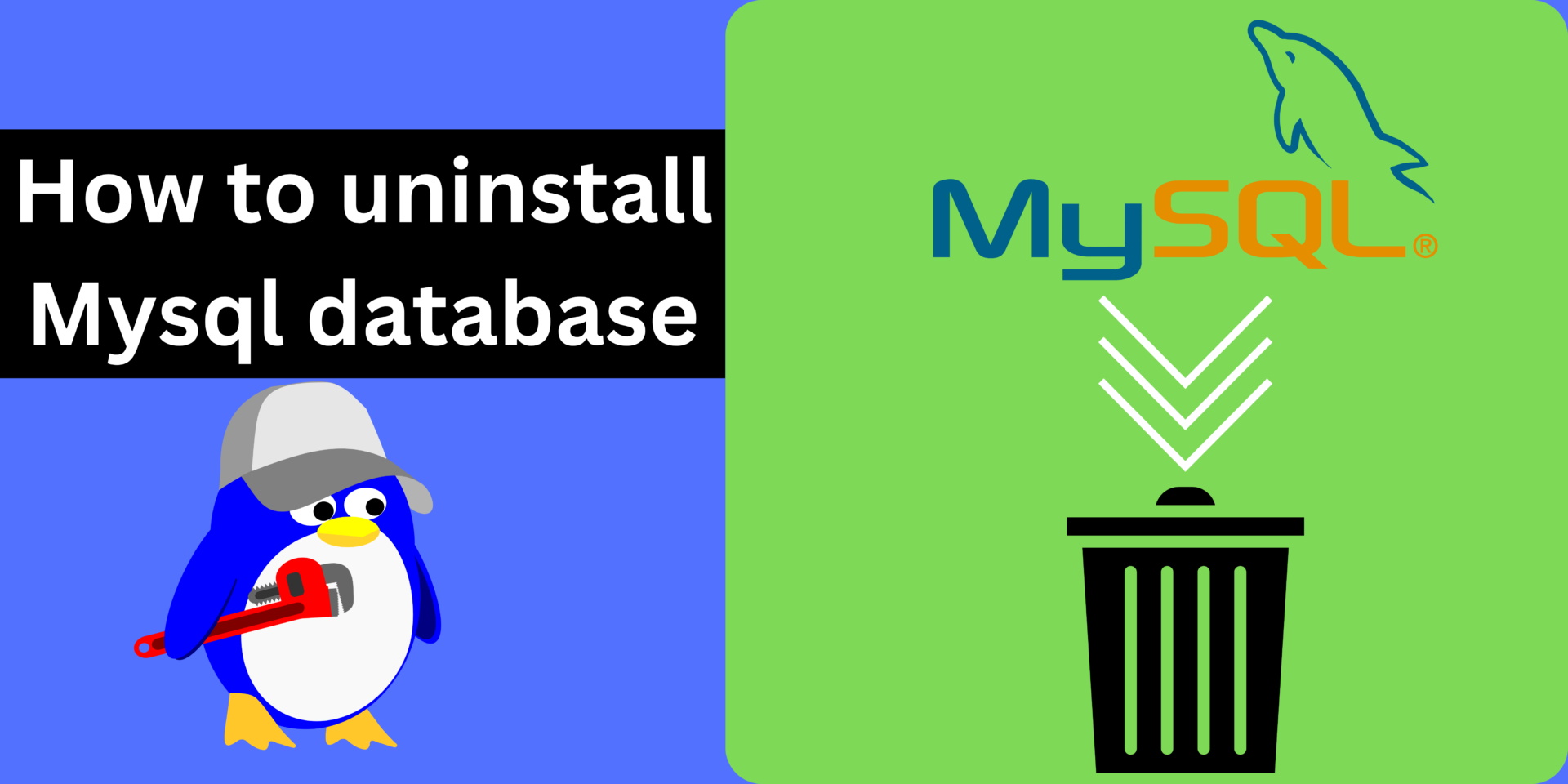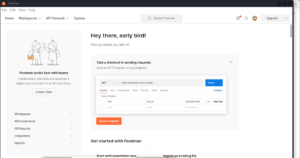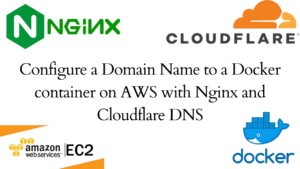You may want to uninstall MySQL database service from your server/machine. When this happens, you need skills to work it out. See the procedure outlined below:
1. Stop MySQL Server:
Ensure that the MySQL server is stopped before uninstalling:
sudo systemctl stop mysql2. Remove MySQL Packages:
Remove the MySQL packages using apt-get:
sudo apt-get purge mysql-server mysql-client mysql-common mysql-server-core-* mysql-client-core-*This command will remove the MySQL server, client, common packages, and configuration files. Respond to the prompts as needed.
3. Remove MySQL Configuration Files:
Remove any remaining MySQL configuration files and directories:
sudo rm -rf /etc/mysql /var/lib/mysql4. Remove MySQL User and Group:
The MySQL installation creates a system user and group. Remove these if they exist:
sudo deluser mysql
sudo delgroup mysql5. Clean Up
Though not a must, it is recommended to Clean up any remaining dependencies or unnecessary packages.
sudo apt-get autoremove
sudo apt-get autoclean6. Remove MySQL Directory
If there are any remaining MySQL directories, remove them
sudo rm -rf /var/log/mysqlAt this point, all MySQL files could be removed. You may however need to do further checks as outlined below.
7. Check for Any Remaining MySQL Packages
To ensure that all MySQL packages are removed, run the following command. In case any files associated with MySQL, remove them.
dpkg -l | grep mysql8. Purge MySQL Configuration Files
Purge any remaining MySQL configuration files. See the command.
sudo dpkg --purge mysql-common9. Check MySQL Service
Verify that MySQL service is no longer present. Run the command below:
systemctl list-units --type=service | grep mysqlFinally, restart your system if needed.
sudo rebootThe above steps on how to uninstall MySQL database from a Linux system ensure that all MySQL-related files and services are removed. In case of any queries or challenges, drop a comment and we will assist further.
Make a donation to support us
Related content:
- A Practical Tutorial for Dockerizing Software Applications
- How to Configure a Docker App to a Domain Name
- Getting Started with Docker | Docker commands
- How To Run Scripts in Linux
- Deploy a Django Application on EC2 Instance with Nginx
- How to configure a domain to a docker container and install an SSL certificate on AWS






